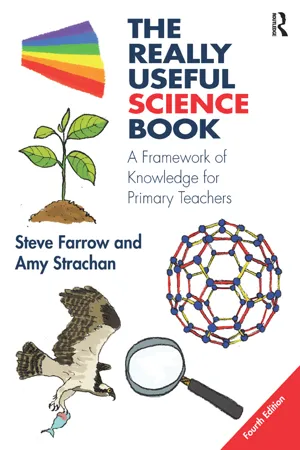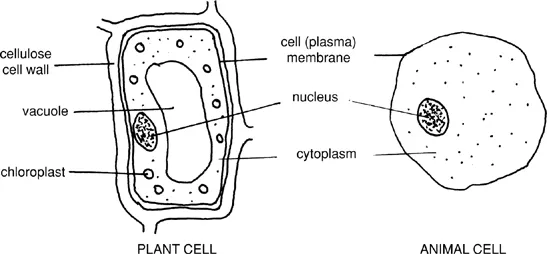
The Really Useful Science Book
A Framework of Knowledge for Primary Teachers
Steve Farrow, Amy Strachan
- 246 pages
- English
- ePUB (mobile friendly)
- Available on iOS & Android
The Really Useful Science Book
A Framework of Knowledge for Primary Teachers
Steve Farrow, Amy Strachan
About This Book
Offering support to both trainee and practising teachers, the fourth edition of The Really Useful Science Book is the perfect tool for those who wish to extend their subject knowledge, enhance their teaching and create lessons which link directly to the National Curriculum. The easy-to-follow framework provides comprehensive science knowledge for Key Stages 1 and 2 and is fully updated with new material to inspire stimulating and engaging science lessons.
The book is divided into three sections: Biology, Chemistry and Physics. Each section integrates key scientific ideas and facts with innovative teaching methods and activity suggestions, and user-friendly language and illustrations help to explain key scientific concepts. With links to global learning, discussion of common misconceptions, and ideas for cross-curricular opportunities, each chapter connects knowledge to practice and informs creative and inspiring teaching.
The Really Useful Science Book is an invaluable reference resource for all classroom teachers who wish to develop the confidence to teach enquiry-based practical science with relevance to pupils and their global community.
Frequently asked questions
Information
KEY IDEA 2.1
The characteristics of living things
CONCEPTS TO SUPPORT KEY STAGE 1
The characteristics of living things
CONCEPT CONFUSION
CONCEPTS TO SUPPORT KEY STAGE 2
Cells and tissues


Organs and organ systems
| System name | Functions | Mammalian organs |
| Nutrition system, cardiovasc... |